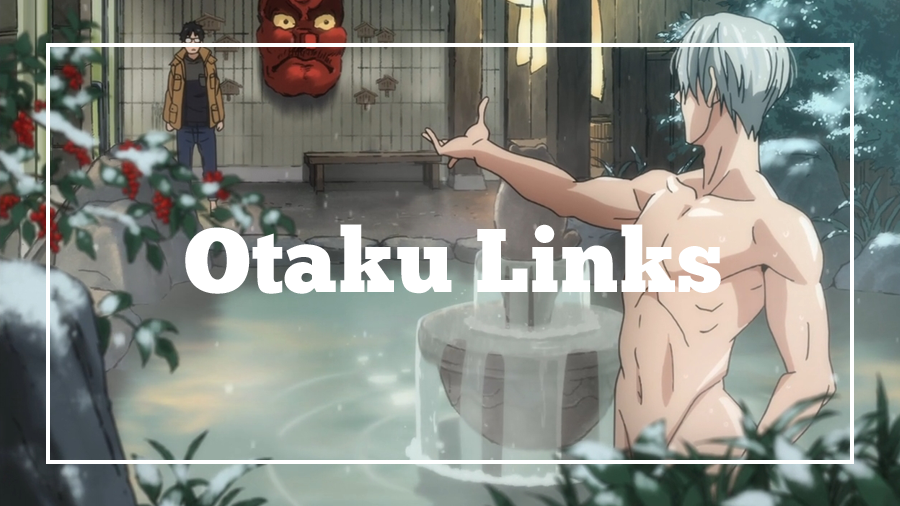
- Is Yuri!!! on Ice hella gay or just playing at LGBT representation with “queer baiting?” And here’s a question I didn’t think of before reading Jacob’s article—does it matter? In What’s So Gay About Yuri!!! on Ice?, he goes over the veritable rainbow of ways queerness shows up in our favorite anime.
- But even more interesting than Yuri!!! on Ice itself is what’s going on behind the scenes. Last week, most of us saw an unfinished version of Episode 4 on Crunchyroll, and Sakuga Blog explains exactly why that happened. Also, did you know retired figure skater Kenji Miyamoto is choreographing the show? I guess it’s pretty accurate then!
- Anime is a pretty thankless gig, and now we can see how that works out numerically. Dazza on Twitter translated a meager pay stub that belonged to an in-betweener at anime studio PA Works.
- It’s Geek & Prosper’s second birthday! That means Bree has been inspiring geeks to become entrepreneurs since 2014 now.
- On Monday I was on Anime Podcast of Some Sort this week with David Majors. We talked about video games I don’t remember, Keijo!!!!!!!!, pro-wrestling, Gundam (obviously), and a bunch of other things.
- We Have Always Been Here, Motherfucker. As I get older, I increasingly appreciate these first-person essays from older fans about visibility. Games writer Monica Valentinelli writes about her life experience being a woman in gaming.
- Last month I told you I helped launch J-Novel Club, but what is it exactly? One of my favorite otaku journalists, Mike Ferreira of Anime Herald, interviewed the founder, Sam Pinansky for this exclusive explanation of J-Novel Club’s inspiration and business model, and how it fits into the digital publishing environment as a whole.
Screenshot via Yuri!!! on Ice




